Photo credits:
Photographer: S. Marche Photography (@smarchephoto)
Makeup: Larissa Cousin (@larissavoncousin)
Hair: Chantelle Norman (@hairbychantelle)
It’s inevitable. At some point or another, we all have to step away from our businesses. And as a creative solopreneur, you might be wondering, “What will happen to my biz if I have to take an extended break like a maternity leave?” If this sounds like you, you’re in luck because Loren Chesnut of Captivating Calligraphy is coming on the show today to give us all the deets on how she prepped for maternity leave and navigated the transition to mom-boss life.
Let’s be friends! Find us on Instagram http://instagram.com/bizbirthdaybash @bizbirthdaybash.
Tell us how you fell in love with the stationery industry and ended up taking on calligraphy work in the first place!
Loren (2:30)
My name is Loren Chestnut from captivating calligraphy, I began doing calligraphy around 20, the summer of 2014. And it was really just the result of trying to find a hobby for myself. I was very used to doing a lot of things with my husband playing golf, tennis, and things like that. So I was just looking for something to do for me during my own time. And one of my good friends I was sitting around talking with her. And she reminded me that I’ve always kind of had an interest in calligraphy, so she gave me the extra nudge to give it a try. That same week, I got online and started ordering supplies, and watching YouTube videos. And just because I started sharing a few pictures of my progress and my practice on Instagram, people started messaging me asking me to do little projects for them. And so I did a lot of free projects at the beginning. And then I just kind of took off from there. And I think that it might have been the same summer or a little bit later, a few months later, I’ve created like the LLC, and things like that and kind of got everything legit and official.
What was your first ever calligraphy project that you were paid for? What was the biggest calligraphy job you ever received?
Loren (8:53)
So the first paid calligraphy project that I’ve had, if I can remember correctly, it was a family member who wanted a few short quotes written out in calligraphy. But she also wanted them to be able to print them on apparel items and on her blog. So not only was it like my first paid job, but it was also the project that forced me to learn how to vectorize my calligraphy. So the challenge in this cell but that was my first paid one. And it turned out great. She loved it and everything like that.
Let’s see the biggest calligraphy I don’t really know what my biggest calligraphy job has been. Well, I guess the one that comes to mind is probably one it’s probably like 150 or 160. invitations were an envelope addressing job and I had to hand address all of the outer envelopes, the inner envelopes the RSVP envelope, and the return address on the RSVP. Everything was handwritten hand address. So that’s the kind of one that sticks out as far as a dollar amount goes. I don’t know I feel like to be honest, the more that I am investing In my business with, I guess, like in the skill area, as well as like the business side of things, I do increase my prices to kind of reflect that value that I’m given to my clients or providing my clients. So from our perspective, I feel like
it kind of just gets kind of bigger as time goes on, because I am providing more value to the to the clients, I don’t really have one that sticks out to me.
What did you used to offer then that you no longer offer now?
Loren (11:00)
Yes, the main thing, or the biggest one that I could think of is like mirror seating, charts and signage, I no longer offer that at all. At the beginning of my business, I used to kind of take on any kind of project that fell in my lap pretty much because you know, you’re trying to build up your portfolio and kind of just get that experience. But over time, I’ve been able to only accept the projects that speak to the, you know, what I like to do, or what I enjoy doing, and signage is no longer one of those things, mirror seating charts, I don’t care to do that anymore. And I really don’t enjoy the especially the bigger, the bigger ones that are kind of bulky, and they have to like drop it off or deliver it and pick it up and coordinate that side of it.
When did you first introduce a letterpress into your business? Tell us the story of buying the press and how you learned letterpress!
Loren (13:00)
I think it was 2016. I had a client who wanted they wanted me to design personal stationery for them. And so she also knew that she wanted letterpress so I did some research trying to find a local letterpress printer and came across this one girl lady. And she was actually local to Atlanta, she actually lived less than 15 minutes from me. I reached out to her to get a quote and just to kind of learn a little bit more about the process because I was new to letterpress myself. And she invited me over to her home where she actually prints. She had all of her presses in her garage. And so she invited me over to give me a tour of her letterpress machines. And I was there for probably two or three hours just learning about letterpress and she was just very helpful. So we did that and then she ended up printing the order for me. And then I was sold on it that day. So I came home and I told my husband about these huge antique machines that she had all in her garage and I needed one. And so like a little time went by that I started looking for presses online on Craigslist. And I think I might have been a year later. I found one on Craigslist and it was a lady selling it because she no longer print it she made like a few print jobs you know herself and then she kind of like gave up on it. And so we drove an hour to Dahlonaga to pick it up and the story in itself on how we got it from her basement to my basement is a story like none other. Literally myself, my husband, and two of our friends from church and those things ours the one that I have is like 15 1700 pounds. They’re massive. They’re super heavy. But we did we managed to get it in.
But then about a year went by before I actually touched it again. So, of course, I have my husband in my ear and he was like you know, we did all that work to get the press in the house and moved and you haven’t used it yet. So about a year later, I did take a letterpress workshop here in Atlanta in person. It was like a few months after I had my first daughter. And that was like the game-changer. Because after I took that class, I was much more confident in what I was doing with it, even though I had watched a lot of videos, but prior to that, but just doing it yourself and kind of like getting that hands-on practice made a world of difference for me. And then that’s when I kind of started offering the service.
Elisabeth (16:50)
That’s awesome and encouraging to people too. I think that it’s okay to set your sights on something and then let it rest for a time. Like, right even though you didn’t get to it in the first year you got to it eventually. And there’s nothing wrong with like your story taking longer than someone else’s. Because I think there anymore in our culture, there’s always like this rush of do it now, like get it done. And that’s always how life works like life throws things in there that we have to deal with and other priorities that we have.
As you grew your business, what was the biggest barrier that you faced?
Loren (21:21)
I would say probably time and balancing it all. When I first started my business, I was actually working in corporate as it helped us manager, so I had a full-time gig. And I was also I’m still very active in our church. So I actually serve alongside my husband as directors of the Creative Arts and Media ministry at our church. So both of those, by themselves are very time-consuming. So I think the biggest thing was just time. And then of course, you want to carve out time for you know, just one on one time with my husband outside of serving or working and things like that. And then, of course, my own me-time. I think that was probably my biggest challenge at the beginning. And as I’m talking out loud to you guys, this is still a barrier that I have to say this out loud. I’m like, okay, I still, I still face this barrier. Now it just looks different, because I’m kind of being pulled in another direction as a mom too and between two little kids. So I think one of my biggest challenges or my biggest, I don’t even know if I want to call it a barrier, but it is the time management piece of it. Yeah, so just saying that out loud. Um, yeah, that’s still an everyday challenge.
When you had your first girl, what were your biggest fears going into maternity leave?
Cami (22:40)
Yeah, so it’s a perfect segue into getting started talking about planning for maternity leave. And being a mom and a business owner at the same time. Like, first of all, I just think all moms who are business owners, well, moms in general, but just who are business owners as well, or like, actual super powered women, like I just do not understand like, I’m just like blown away by how like they do it all. So it’s just like, absolutely fascinates me. So when you had your first baby girl, what were some of your biggest fears into going into that maternity leave and how your business would manage through that?
Loren (23:17)
I think it’s exactly what you just said. How is how is captivating calligraphy (cc) going to overcome this leave? I think I question a lot like how long could cc continue on at the beginning? And then I don’t know. I think my biggest fear was just of the unknown. Like there’s so many uncertainties period in life. But then when you add on top of it being a mom to a little one that you’ve you’ve never done that before, you don’t know what it looks like you just don’t know what to expect. I think that was a lot of kind of anxiety in a sense. And then, like, how do I split my time and contribute to my business, because it’s still I’m still building it at that time. And even today, I’m still building and building it and then also carving out enough time to be a stay at home mom, because also when I found out that I was pregnant with my oldest, my husband and I also made the decision that I would not return to work after my maternity leave. So my maternity leave actually turned into becoming a full time stay at home mom. So that was a whole nother challenge in itself.
What recommendations can you make for members of our audience that are planning maternity leave or in the middle of maternity leave?
Loren (27:00)
I would say to think about what you want your maternity leave to look like? How long do you want to be on maternity leave? And are you even willing to do any of the day-to-day, so for me, the first maternity leave that I took, I pretty much shut things down while I was away. And I think that’s okay, too. And then some people, they continued, they want to continue to take it on clients and things like that. But for me, personally, I just shut it down. I mean, very clear, and communicate it with my existing clients, and my out of office spelled out everything as well. So like if they sent me an email or received the inquiry, wanting to work with me, I let them know, you know, that I’m on leave when they can expect me to be back in the office. And things like the kind of next steps. And I think the important piece is just setting expectations. So I think, first you have to think about what do you want your life to look like, for me, I want it to be all in and very engaged with adjusting to our new daughter. And so that was most important to me at the time.
And then I think for the first daughter, I want to say it may have been six or eight weeks, I can’t remember. But usually, it’s like around six to eight weeks, typically anyway in corporate. So that’s kind of what I kind of base my time on. The second leave yes was much different only because I actually gave birth to our youngest in January of 2020, which is right before they actually declared this whole thing being a pandemic. So yes, I was already on maternity leave. And then to be honest, saying this out loud, too. I haven’t technically haven’t officially returned from attorney leaves. To be honest, I’ve never like announced that, hey, I’m back or anything like that. Okay, but for me, the pandemic actually was a little bit of a blessing in disguise, because it also allowed me to have extra time with adjusting to being a mom of two little ones. And then also my husband, he’s been working from home the entire pandemic. So we’ve just had a lot more family time, thanks to the pandemic as well.
How has the management of your business changed now that you and your husband have kids?
Loren (33:45)
Okay, so my biggest thing that has changed, or I’ve tried to implement more, is I rely heavily on workflows now. I’m a Dubsado. user. And yeah, so I’ve been using Dubsado for a few years now, actually. But it wasn’t until after I had Olivia, our first one that I really started to, I gotta figure out these workflows, I have to use them, I have to like cut down on some of them, I call it like the fluff behind the scenes, you know, just to make my life easier and to improve on that the clients experience as well. So my biggest thing I would say was workflows to kind of automate a lot of stuff in the background.
And also just sticking to boundaries. So you know, I’m very big on or try to be you know, my girls are awake. They’re very routine kids, so you know, their nap times or schedule and things like that. So when they’re awake, I try to be present with them. But then when they’re napping or in bed at night, that’s kind of like client work time, and every now and then, of course, I need to respond to an email during the day or something like that. But for the most part, I’m trying to be very intentional about setting boundaries and communicating boundaries at the beginning when I when I’m onboarding a client. So like in their welcome packet and things like that I’m
very clear about best ways to reach me and office hours and things like that. And I’m sure you’re probably a lot more efficient with your time too since there’s only so many hours in a day you get to squeeze something in.
How was the transition from maternity leave to getting back into the swing of things with work?
Loren (38:25)
I would say there was a little bit of a transition. And for me more so from the standpoint of the skill set. So with calligraphy,and Elizabeth, you know this to like, if you don’t pick up a pen for quite some time, and you go back to start writing again like you just felt I just felt like I was off. So there wasn’t a transition period, I just started practicing and like carving out time and being more consistent and disciplined with the practice, while also trying to perfect the craft, you know, you can book your clients, you know, all the time, but at the end of the day, like if you’re, if your craft is kind of suffering, then you’re gonna stop booking clients. So yeah, I just had, I had just had to get back in the swing of things with that and just being more consistent.
And I’m actually doing this lettering challenge right now on Instagram, where every day you have to write out this word that’s been pre-specified or whatever. And that has helped me just being more consistent on social media because one of my challenges is when I’m working on a client’s project or something, my first thought is it Hey, let’s take a picture and snap this sucker put it on social media, like I. It’s hard, it’s like, I end up delivering an order to a client. And then after I’ve given it to the client, I’m like, I didn’t take any pictures of it. But again, like most of my clients are from Instagram or like word of mouth referrals. So if I don’t have pictures of like, show off my work on Instagram is kind of like, they don’t know what I can do and things like that. A lot of people they’ll just go through your Instagram and they’ll pick something they’ve seen, you’ve already that you’ve already done and they want something like that or like this. So I’m trying To do better with being more consistent and being more present and things like that on social media, so just that mindset shift a little bit just perfecting the craft, and then also just being consistent on social media to stand in front of people.
How did 2020 reshape your business, if at all? What do you want to do more of in 2021 and what do you want to do less of?
Loren (41:44)
So I would say 2020, the time that I did put into the business, when I didn’t have client work, I was really focused on like the back end of my business, again, like I mentioned earlier, like the workflows and things like that, but just kind of working on ways to improve my client process. I had my contracts reviewed by a lawyer and things like that. So of course COVID, and all this other stuff. So things like that. And then just kind of I also took a class or course with this lady named crystal who she teaches everything Dubsado work workflows. So that was awesome. I’m still implementing things that I learned from her as well. So I think from a reshaping my business perspective, I think I just really focused on the back end of it, not necessarily things that are like front-facing, but things on the back end, that would make it a better experience for my clients. And then for 2021. I would love to do more custom invitations and letterpress, that’s kind of what I’m focused on. But those are the things I’m really trying to put on the front of my business. And then less of I don’t really have anything that I want to do less, because I’m To be honest, the projects that I’m taking on now is exactly what I want to be doing. So I don’t really perfect. Yeah, I have anything that I don’t want to do. From a project perspective. Of course, like the admin side of things, and all the other hacks that we use as are that we were as creative, of course, some of that stuff. Hopefully, I can delegate off it kind of outsourcing as the year goes on. But from a project perspective, I don’t really have anything that I want to do less of.
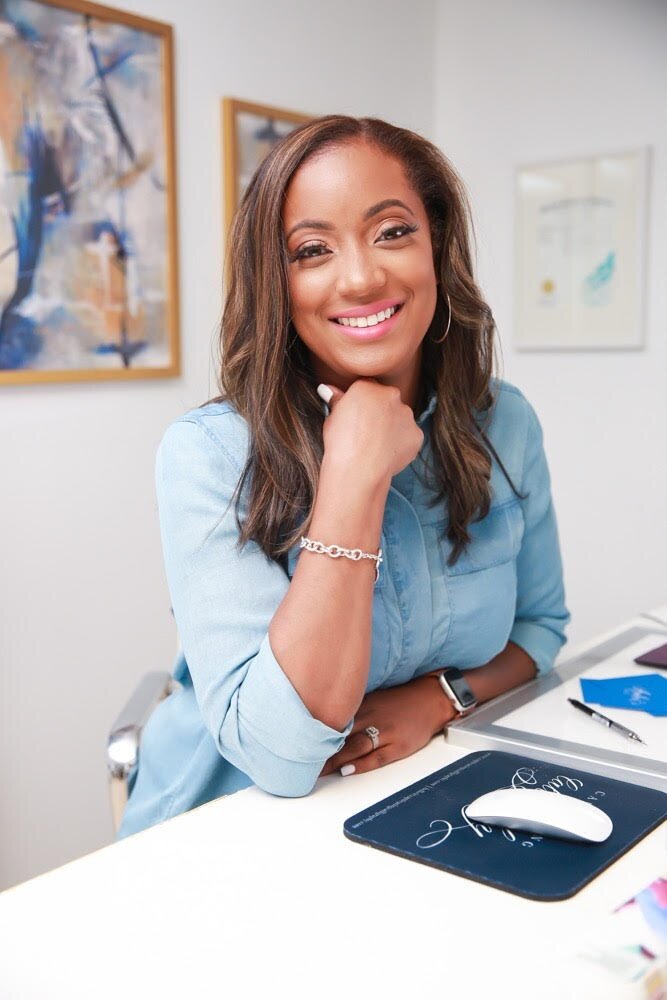
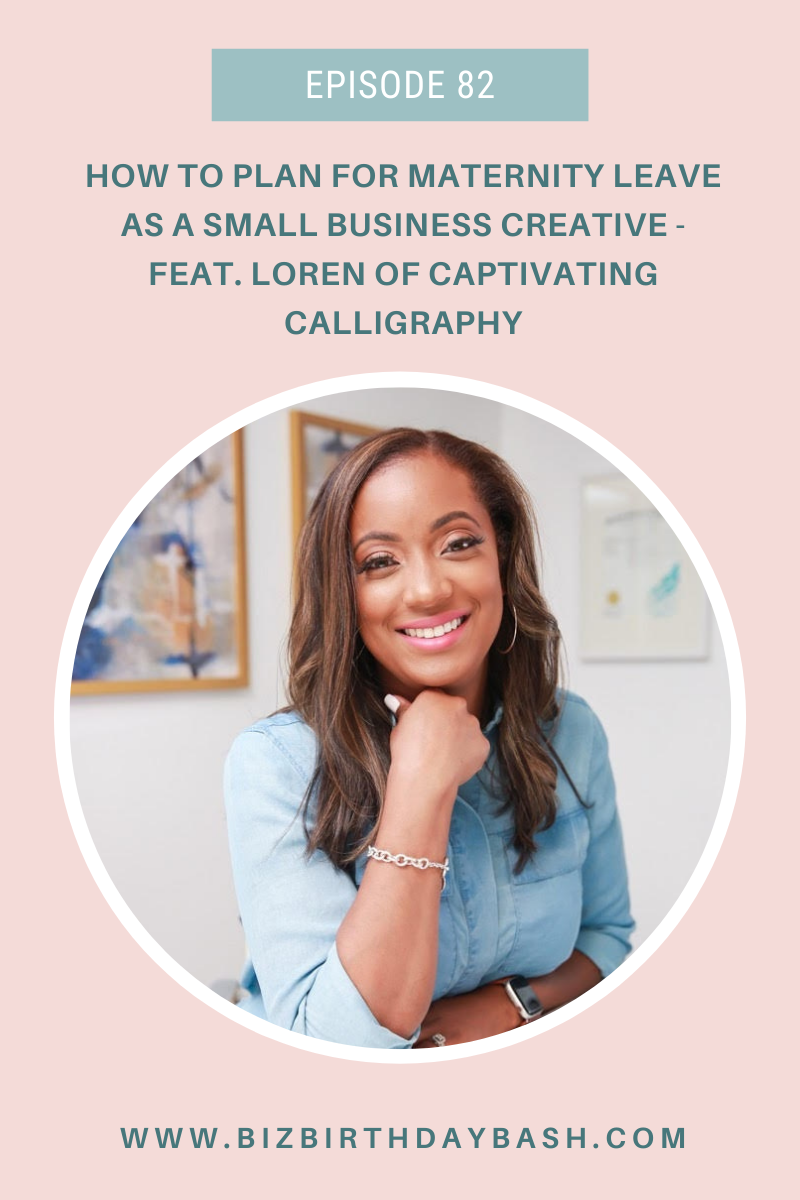
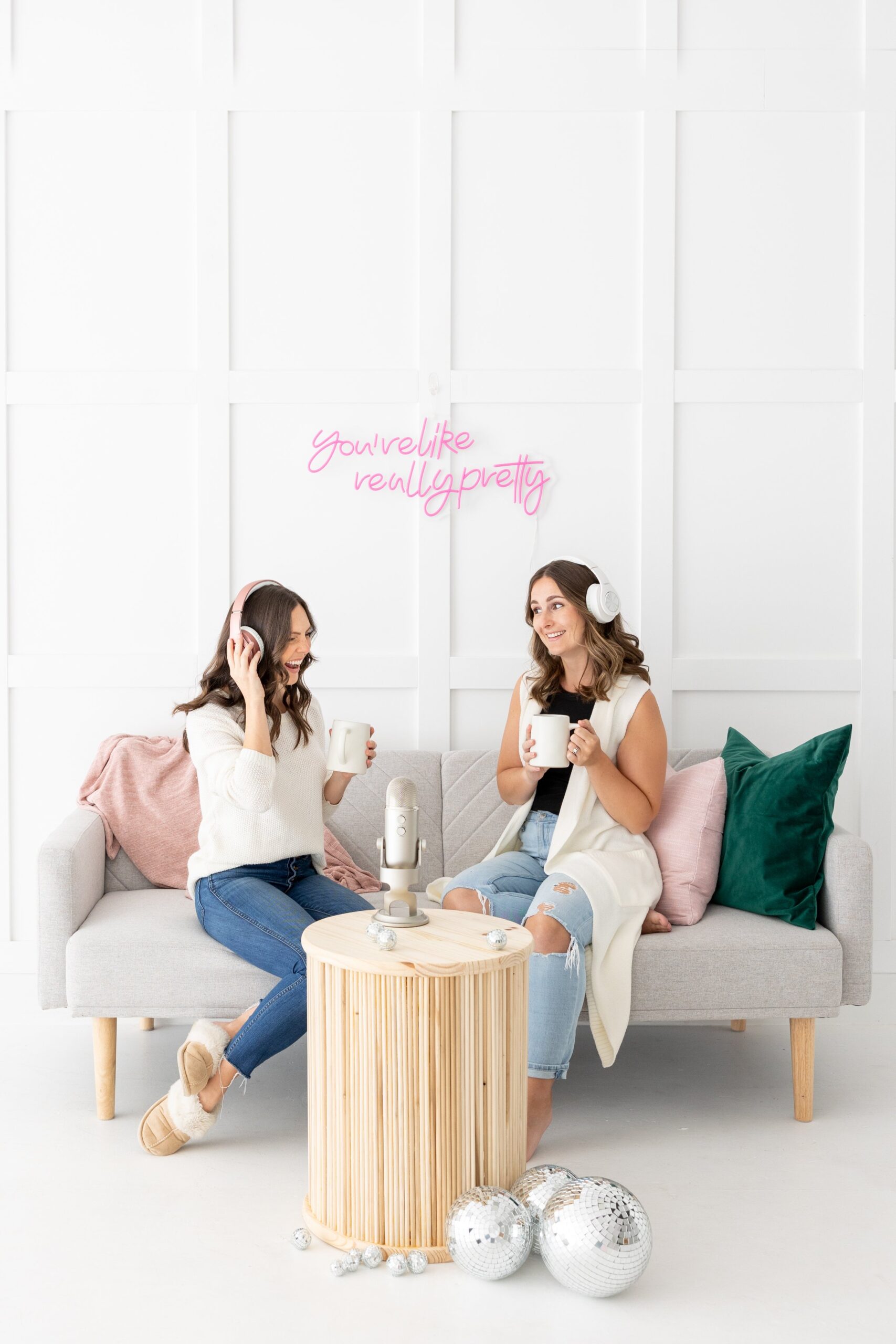
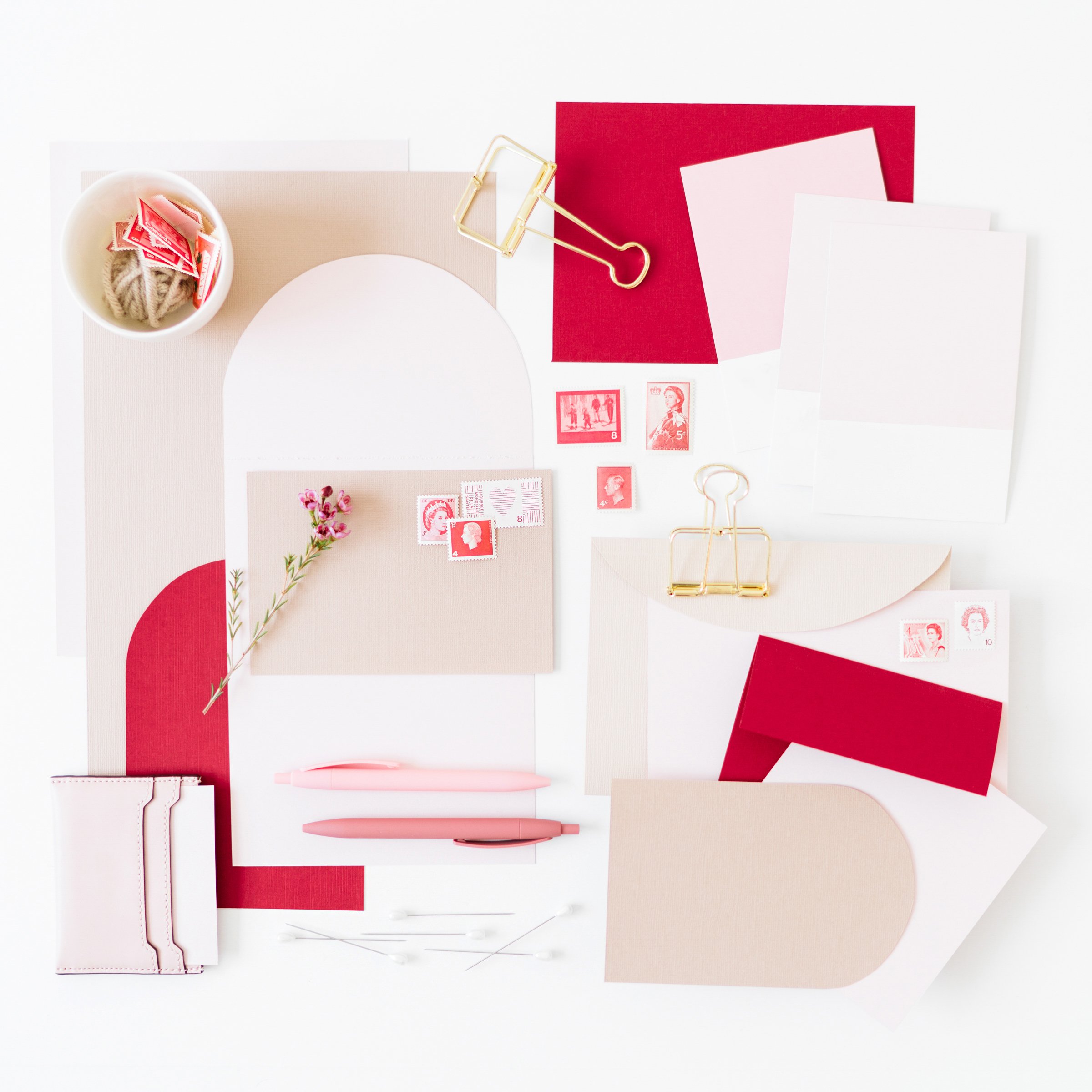
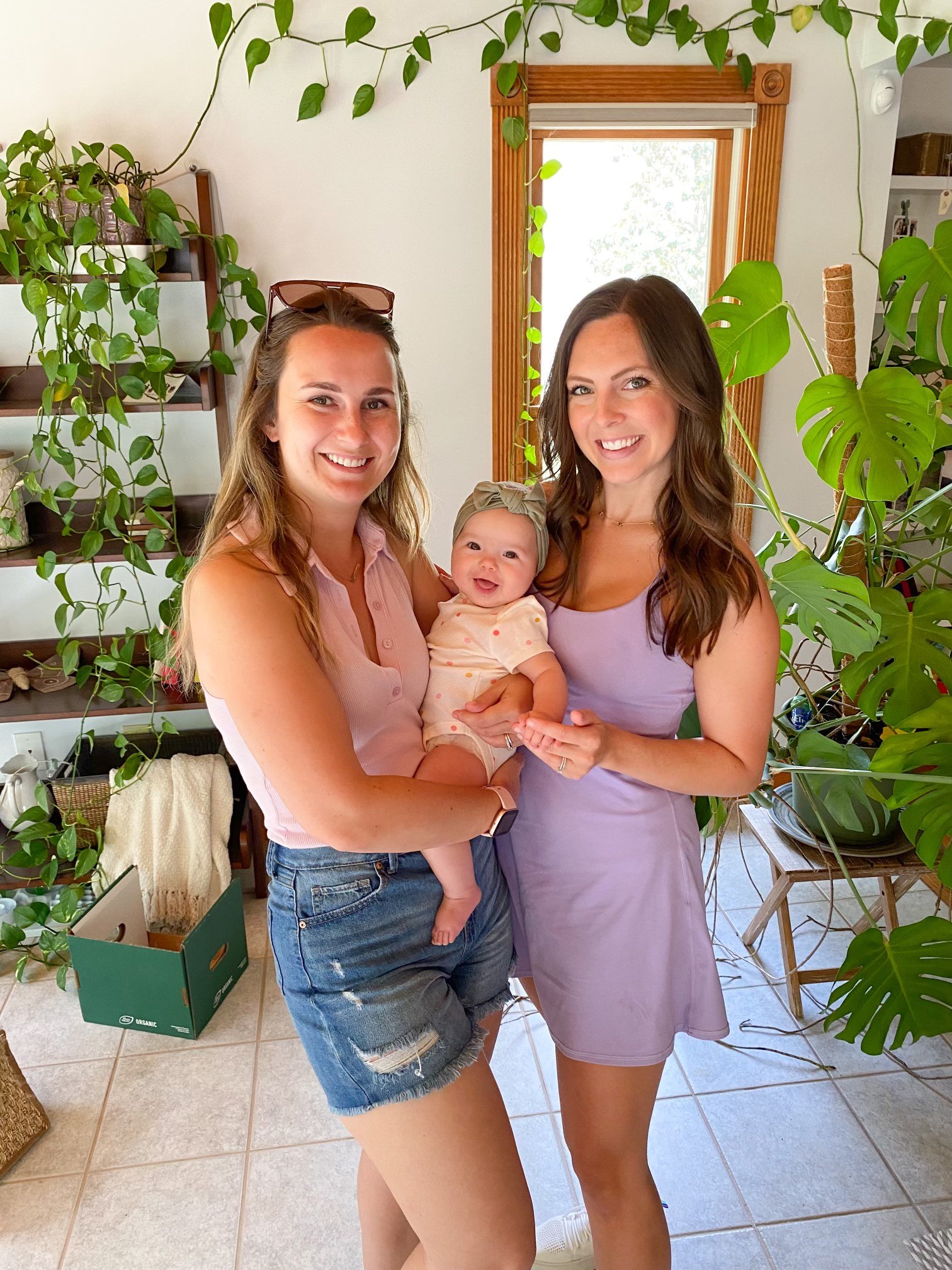

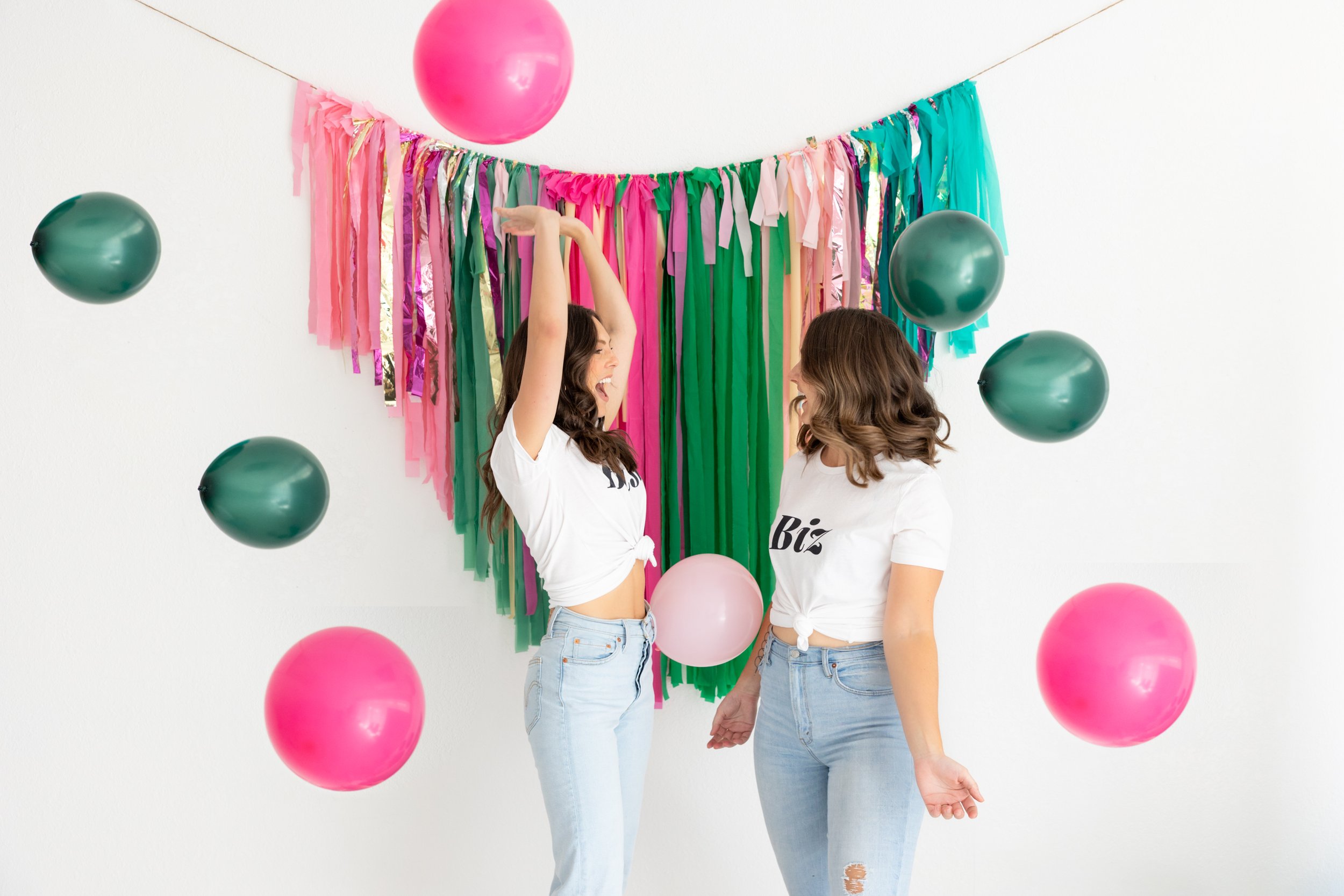
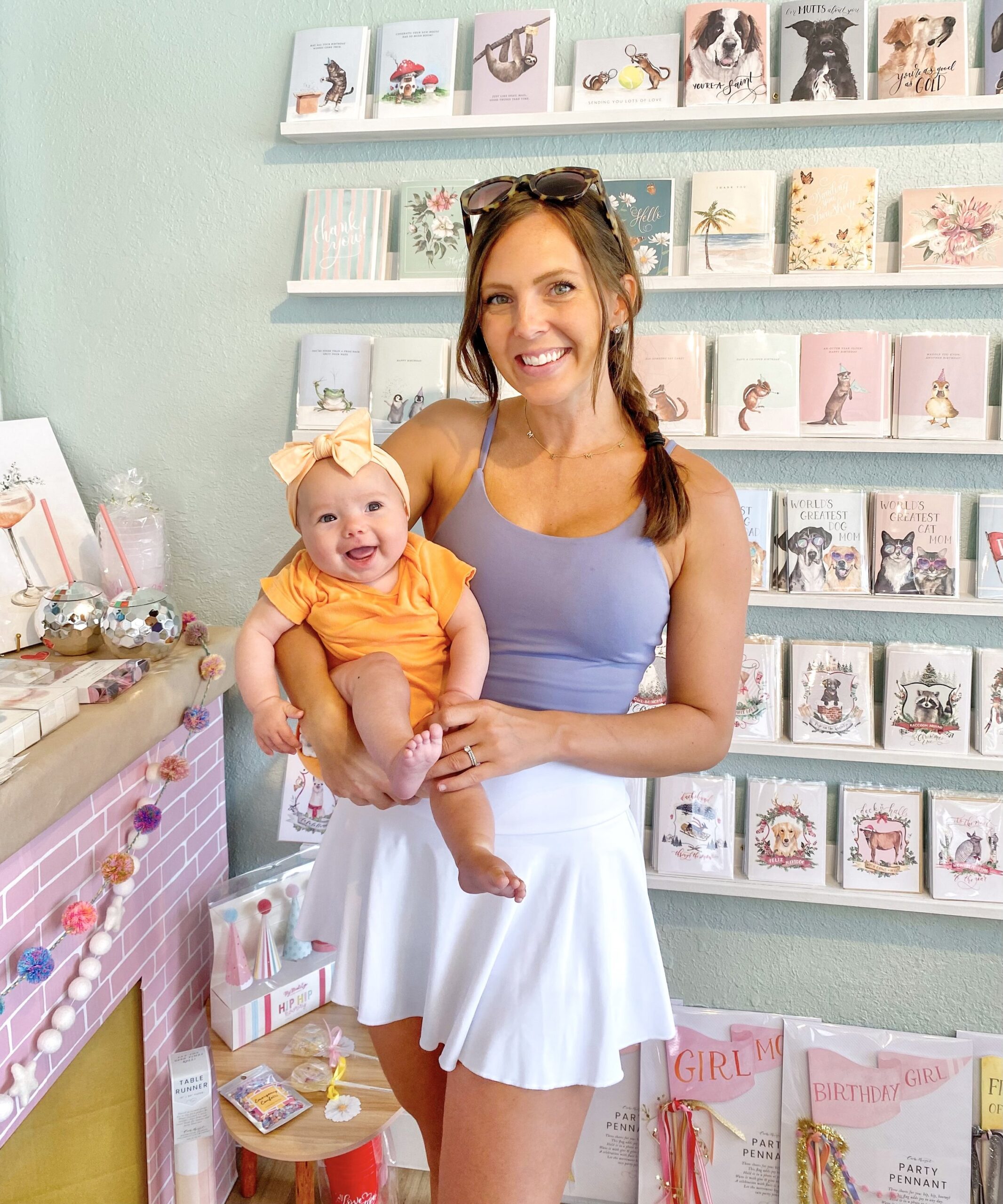
+ show Comments
- Hide Comments
add a comment